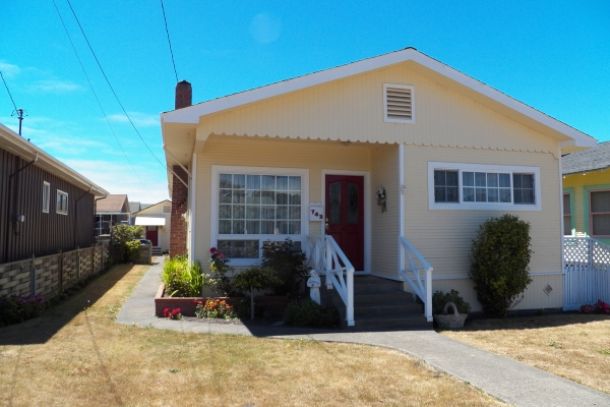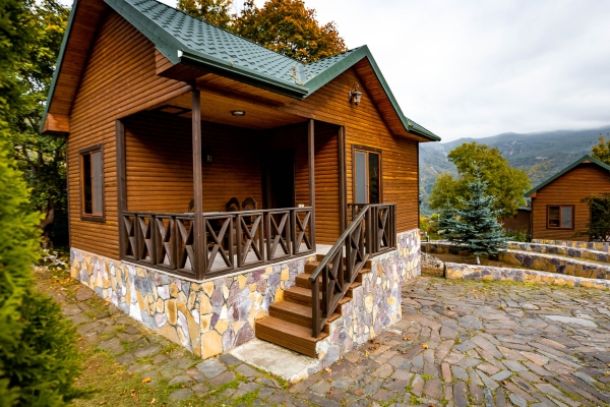Understanding Wooden House Construction
Understanding Wooden House Construction
Wooden house construction is an age-old tradition that marries natural beauty with engineering precision. Understanding how wooden houses are built—from the initial design to the final maintenance—is essential for anyone looking to embark on a DIY project or simply appreciate the craftsmanship behind these structures. This guide aims to provide a comprehensive overview of wooden house construction, covering planning, material selection, structural techniques, and maintenance practices.
Introduction
Wood has been a primary building material for centuries due to its natural abundance, versatility, and aesthetic appeal. Today, wooden houses remain popular for their warmth, sustainability, and timeless charm. However, constructing a wooden home requires more than just stacking logs or boards together. It involves a careful consideration of design principles, structural integrity, and environmental factors. By understanding the key elements of wooden house construction, builders can ensure that their homes are both beautiful and resilient.
Planning and Design
Detailed Blueprints and Layout:
The process begins with a well-thought-out plan. Creating detailed blueprints is crucial. These plans should outline the overall layout, room dimensions, load-bearing walls, window placements, and the positioning of utilities. Modern design software can help visualize the project in 3D, enabling builders to refine their plans before the first cut is made.
Site Selection and Foundation:
Choosing the right location is as important as the design. Evaluate soil quality, drainage, and accessibility to utilities. The foundation must be tailored to the site conditions—whether it’s a concrete slab, pier and beam system, or crawl space foundation. A solid foundation provides stability and protects the wooden structure from moisture and shifting soil.
Material Selection
Choosing Quality Wood:
Not all wood is created equal. The selection of appropriate timber is vital. Species such as cedar, pine, and oak are popular due to their natural durability and resistance to decay. Wood must be well-seasoned to minimize shrinkage and warping. Sustainable sourcing, such as using reclaimed wood or certified timber, can enhance both the environmental impact and the unique character of your home.
Supplementary Materials:
In addition to wood, incorporating materials like metal brackets, high-quality insulation, and weather-resistant sealants will improve the overall durability and energy efficiency of the structure. These materials help reinforce the building and protect it against environmental factors such as moisture, pests, and temperature fluctuations.
Structural Techniques
Framing and Joinery:
The framing of a wooden house is its skeleton. Accurate measurements and precise cuts are essential. Traditional joinery techniques—such as mortise and tenon, dovetail, or saddle notches—offer robust connections that have stood the test of time. In modern construction, these methods can be combined with contemporary fasteners to achieve a balance between tradition and innovation.
Insulation and Ventilation:
Wood naturally provides some insulation, but additional materials can improve energy efficiency. Proper insulation in walls, roofs, and floors helps regulate indoor temperature. Equally important is ventilation, which prevents moisture build-up and subsequent wood rot. Advanced systems, including heat recovery ventilation, can be integrated to maintain a healthy indoor environment.
Construction Process
Step-by-Step Assembly:
Building a wooden house involves a sequential process: laying the foundation, erecting the frame, installing insulation, adding roofing, and finally, applying finishes. Each stage requires careful quality control. For example, during framing, tools like laser levels and digital measuring devices can ensure that each beam and joint is perfectly aligned, reducing future structural issues.
Roofing and External Finishes:
A well-designed roof is critical for protecting the home from weather. Options include wooden shingles, metal panels, or composite materials, each with its own benefits. After roofing, external finishes—such as sealants, stains, or eco-friendly paints—are applied to protect the wood and enhance its appearance.
Maintenance and Longevity
Routine Inspections:
Long-term success depends on regular maintenance. Periodic inspections can detect early signs of moisture damage, pest infestations, or wear. Addressing these issues promptly prevents minor problems from evolving into costly repairs.
Seasonal Upkeep:
Establishing a maintenance schedule for tasks such as cleaning gutters, resealing wood surfaces, and checking for structural integrity is essential. Consistent upkeep not only prolongs the life of the wooden home but also preserves its aesthetic value.
Conclusion
Understanding wooden house construction is the first step toward creating a home that is both beautiful and enduring. Through detailed planning, careful material selection, precise construction techniques, and ongoing maintenance, you can build a wooden house that stands the test of time. Whether you are an aspiring DIY builder or simply interested in the craftsmanship behind these structures, a comprehensive understanding of these processes will deepen your appreciation for the art and science of wooden house construction.

